Eucharist – New Manna, God present here and now
In the desert, the Hebrews experienced special protection and saw God’s signs. By sending manna, God also provided them with daily food. To this day, in Jewish homes, after a meal containing bread, Birkat Hamazon prayer is recited – a thanksgiving blessing for food and for God’s providence. The Eucharist is also a thanksgiving prayer […]
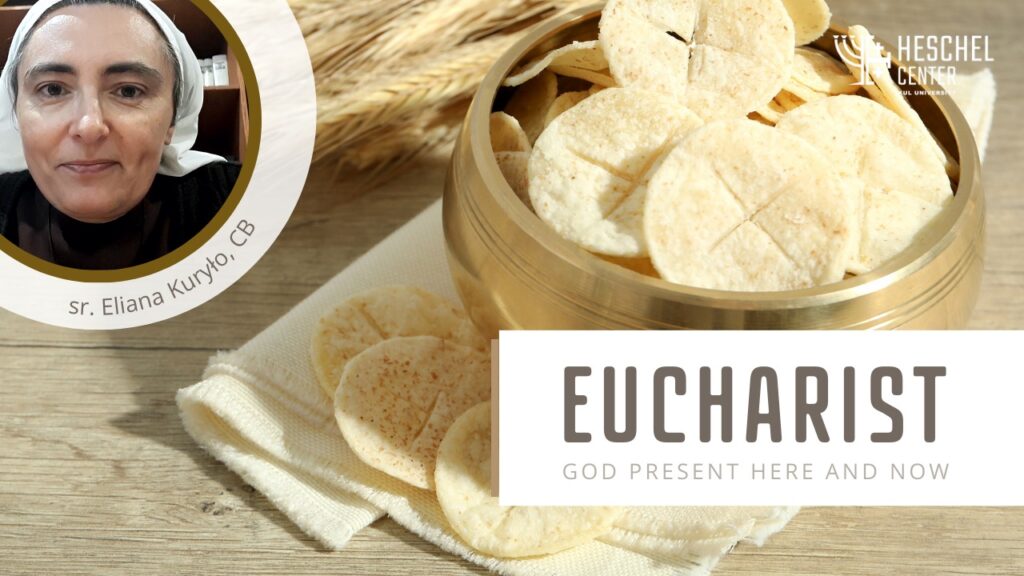
In the desert, the Hebrews experienced special protection and saw God’s signs. By sending manna, God also provided them with daily food. To this day, in Jewish homes, after a meal containing bread, Birkat Hamazon prayer is recited – a thanksgiving blessing for food and for God’s providence. The Eucharist is also a thanksgiving prayer to God, who is present here and now in the bread, emphasizes in the commentary for the KUL Heschel Center Sr. Eliana Kuryło, the tutor of Biblical Hebrew and the superior of sisters at the Community of the Beatitudes in Emmaus-Nicopolis, Israel.
There was a desire that the miracle of manna should never be forgotten. For this purpose, Aaron placed it in the Ark of the Covenant, which was later stored in the most sacred place in the Jerusalem Temple: the Holy of Holies (Hebrew: קודש הקודשים, Kodesh Ha-Kodashim). “In our churches, the most sacred place is the tabernacle, which constantly reminds us that God’s presence and his nourishment are with us and will never pass away,” notes Sr. Kuryło.
The Jewish tradition has many commentaries referring to the gift of manna, which also have a messianic dimension, because they announce the time when God will invite all peoples to his banquet (Is 25:6-8), the banquet of salvation.” “This image can be read apocalyptically, in the context of the last days, but also in the dimension of here and now,” emphasizes Sister Kuryło. “God is not the God of the past or the God of the dead. He wants to give us salvation here and now. (…) Like the Hebrews in the desert, we need food that only He can provide. That food is Himself.”
We publish the text of the Jewish commentary on the Gospel:
The main focus of the feast of Corpus Christi is the gift of the Eucharist. Literally in Greek the word means “thanksgiving.” Jesus instituted the Eucharist at the Last Supper, which happened during a Passover meal. Thanks to the Jewish tradition of Birkat Hamazon prayer (a thanksgiving blessing for food), we can see that the Eucharist could be instituted in the context of thanksgiving. This dimension is still present in the Mass.
Looking at the time of the institution of the Eucharist: just before the death of Jesus and His resurrection, the perspective of the gratitude for the gift of redemption and the infinite love of our Savior that led Him to the cross also opens before us. Death, as we know, does not have the last word in this story. Christ is truly risen and, after His ascension, remains present among us in the sacraments, especially in the sacrament of the Eucharist.
In today’s Gospel, Jesus alludes to the gift of manna in the desert: “This is the bread that came down from heaven. Your ancestors ate manna and died, but whoever feeds on this bread will live forever. (J 6, 58)” Jesus is the living Bread, He is the Messiah who has risen and who lives and gives us eternal life. The Eucharist is therefore the food on our way and the pledge of eternal life.
Jewish tradition has many commentaries about the gift of manna. It is believed to have been created before the beginning of the world, because God wanted to provide food and security to His people from the very beginning. In the desert, the Hebrews experienced a special protection and the signs of God’s Providence through the completely undeserved gift of nourishment. Hence, until today, the attitude of gratitude is felt when Birkat Hamazon prayer is recited in Jewish homes at the end of a meal that included bread.
Manna has a messianic dimension because it announces the time when God will invite all the peoples to a banquet and set before them a table with delicious foods (Isaiah 25:6-8). It is a feast symbolizing salvation, which is given to all who will choose to join God’s table. We can read this image in an apocalyptical way, in the context of the arrival of the end days, but also in the dimension of here and now. God is not the God of the past or the God of the dead. He wants to give us salvation here and now and even more. He knows that if we only count on our strength, we won’t go too far. Like the Hebrews in the desert, we need food that only He can provide. This food is Himself.
In the desert, Aaron wished that the miracle of manna would never be forgotten. For this purpose, he placed it in the Ark of the Covenant, which was later a testimony to God’s Providence in the First Jerusalem Temple. The Ark and the manna were stored in the most sacred place, in the Holy of Holies (Hebrew: קודש הקודשים, Kodesh Ha-Kodashim). In our churches, the most sacred place for us is the Tabernacle, which constantly reminds us that God’s presence and God’s food are with us and will never pass away.
Today’s feast shows that through the gift of salvation offered by Jesus, all nations are invited to the Lord’s table. The food He gives us is a foretaste of eternity, it is our strength. It is also, as our older brothers in faith show, a constant attitude of gratitude and thanksgiving for God’s goodness, which is and will always remain an undeserved gift of His love.
About the author
Sr Eliana Kuryło CB – an English teacher and translator by education, a tutor of ancient Hebrew at the Biblical Institute in Toulouse. She led Bible workshops at the student chaplaincies in New Zealand and Toulouse, France. She has been involved in Jewish-Christian dialogue for many years. She is currently the superior of the sisters at the Community of the Beatitudes in Emmaus-Nicopolis, Israel.
Related
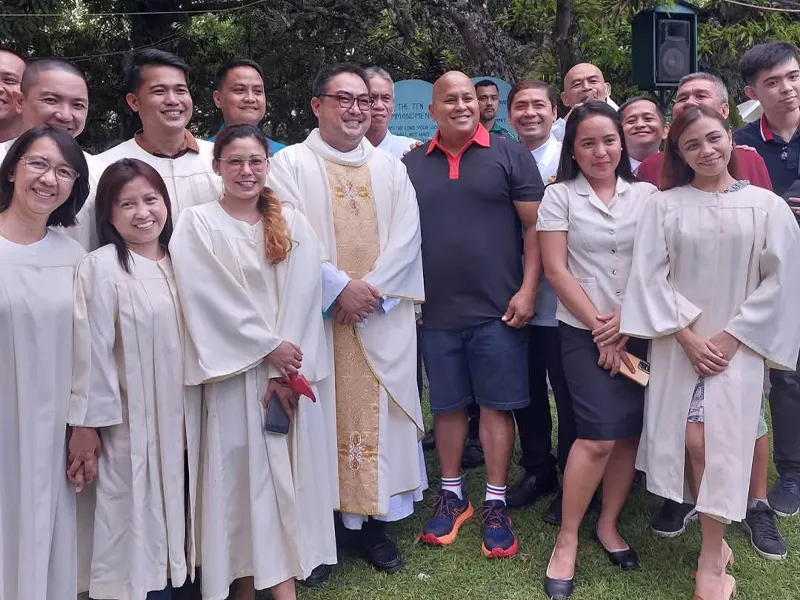
“The priest finds his reason for being in the Eucharist”
Fundación CARF
01 April, 2025
5 min
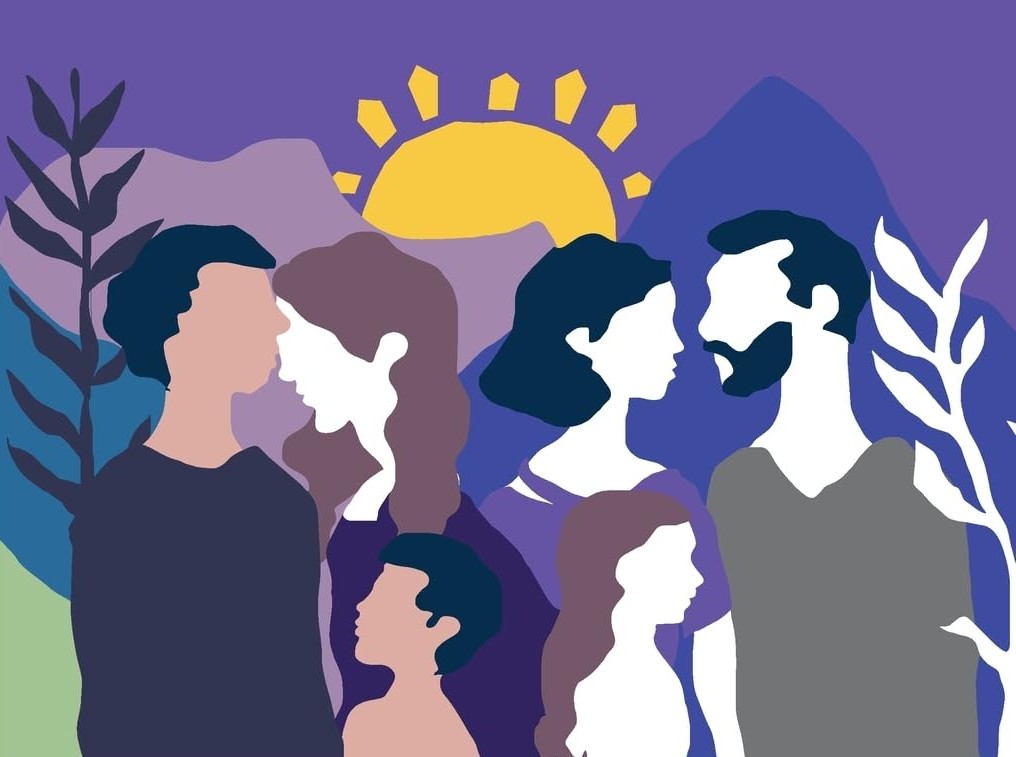
Family Valued: An international appeal for the family
Exaudi Staff
01 April, 2025
2 min
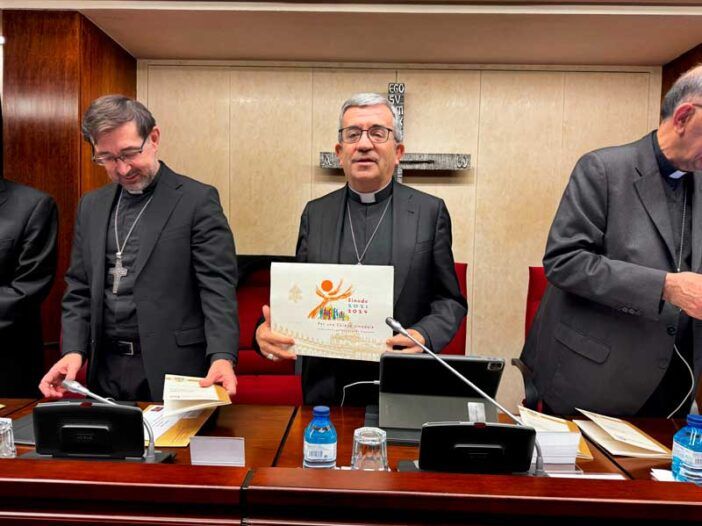
Bishop Luis Argüello Addresses the Challenges of the Church in Spain
Exaudi Staff
01 April, 2025
2 min
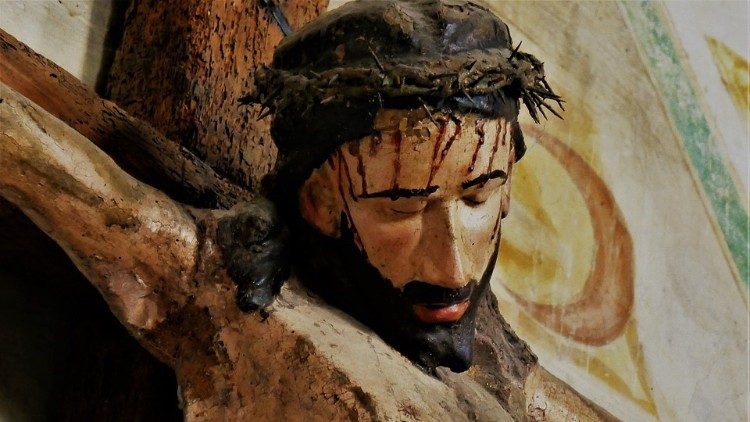
THE WAY OF THE CROSS: Accompanying Jesus on the way to the Cross
Luis Herrera Campo
31 March, 2025
5 min
 (EN)
(EN)
 (ES)
(ES)
 (IT)
(IT)

